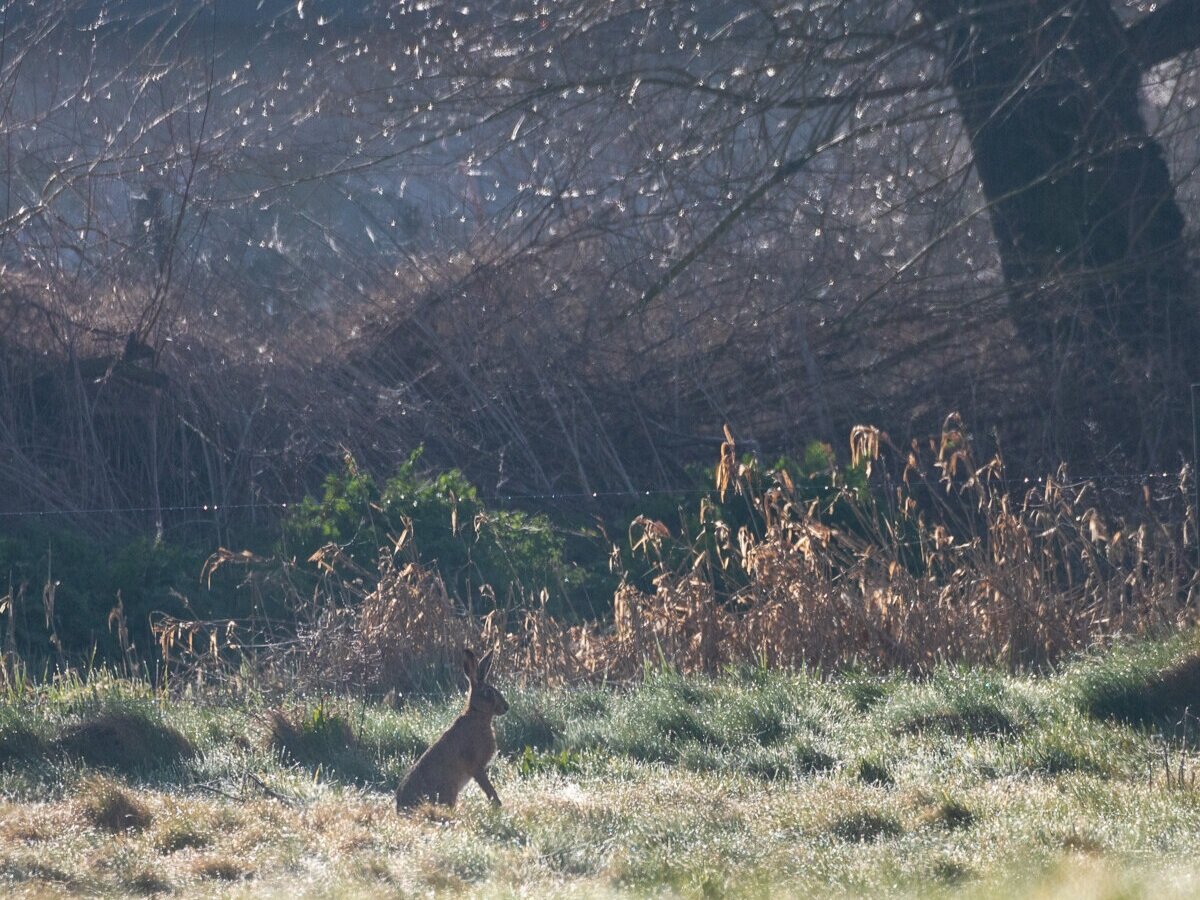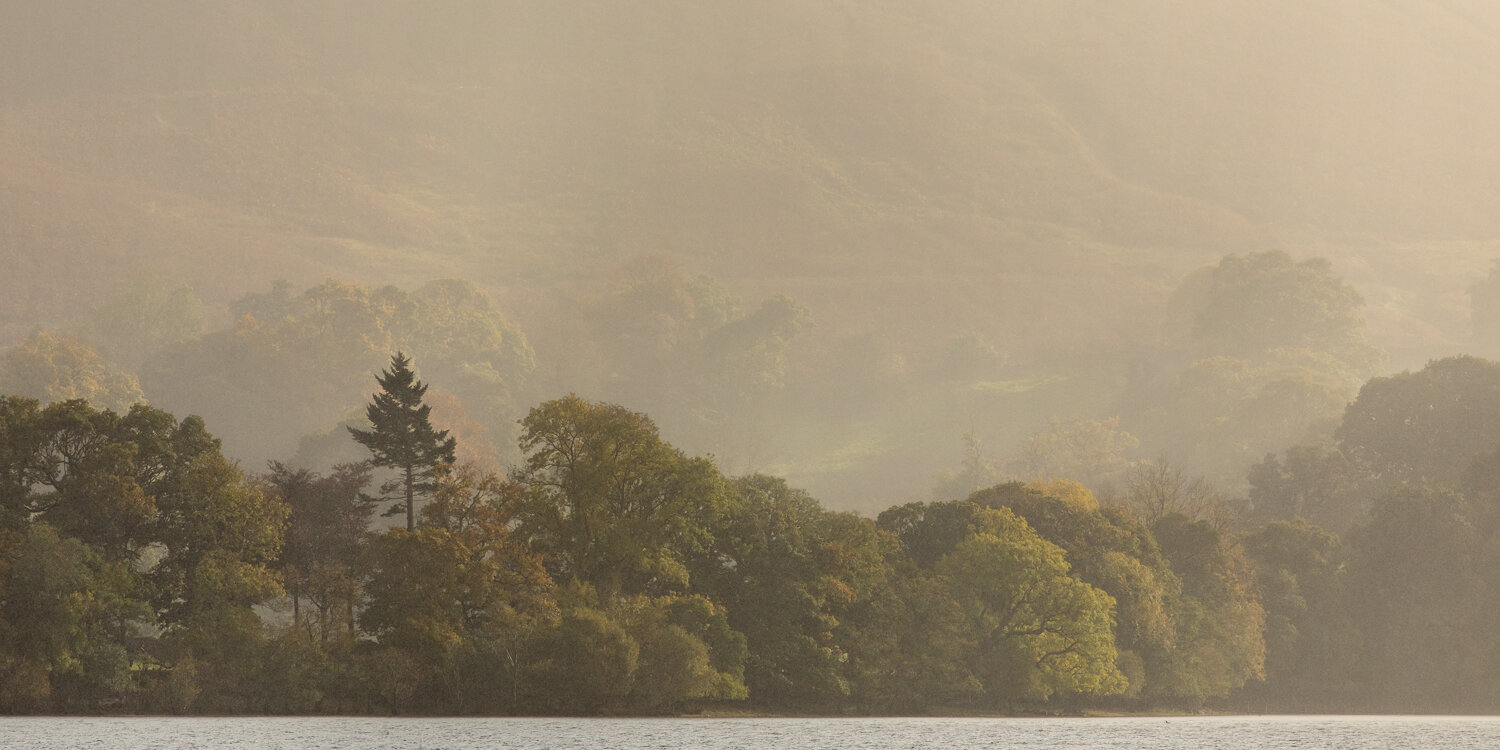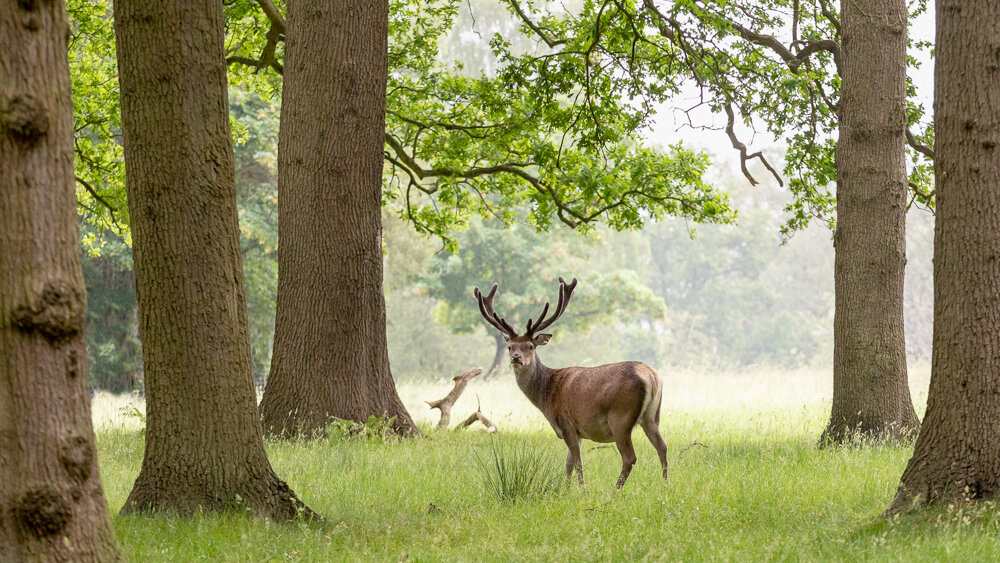As Spring has pressed on, albeit hesitantly with the cold and often frosty nights, the farm has been a place of action. Particularly for the hares.
Standing out a bit against the frosty field
I have had a few pretty chilly starts assisted by the ‘lively’ local rooks who can often get going well before dawn. These two images show the frost we have been having. I feel for the pheasant with the icy back.
He was running quite fast so it was nice the focus was on the mark.
Yes, that’s frost on its back.
Not quite hidden in the mist.
Although it has been cold there has been a lot of sunshine. And as is becoming too common now, very little spring rain. The ground is incredibly dry and probably a looming disaster for crop yields.
A sunny pause in the morning meadow.
The hares have been pairing up for a while. Occasionally an interloper tries to, well, interlope, and is normally seen off with a bit of bustle. I have a couple of more recent shoots yet to edit (in part because I spent a probably disproportionate amount of time selecting and editing images for a competition) where I have seen hares cavorting in groups of between three and eight. Which is quite something but also a bit of a whirl. Again another blog topic. I may have to move to a weekly blog for a while.
Having a nibble before the inevitable sprint.
And they’re off.
Through the last of the sun’s rays and away.
The morning and evening the light and fields create wonderful lines. At least I think so. Ian has been subject to many renderings of farm lines in our weekly competitions and I think I will treat you all with a post dedicated to them.
Farm lines have been another fixation. More in another blog.
















































































